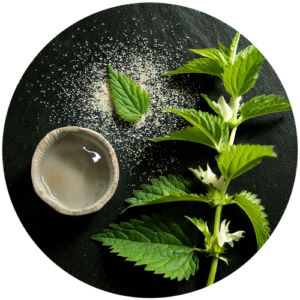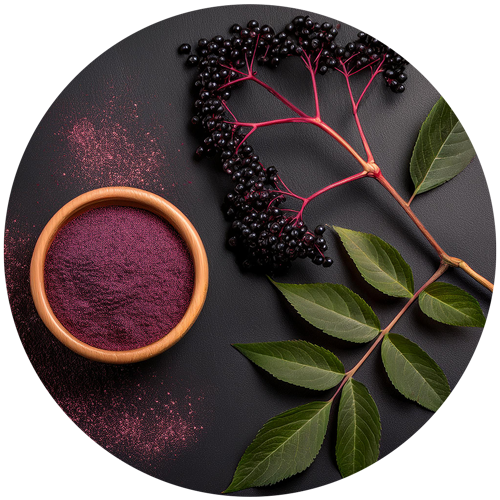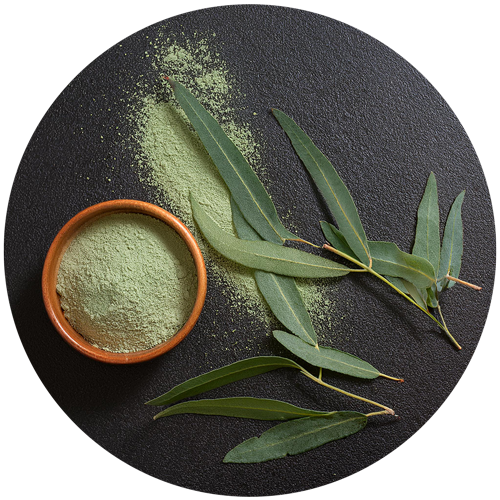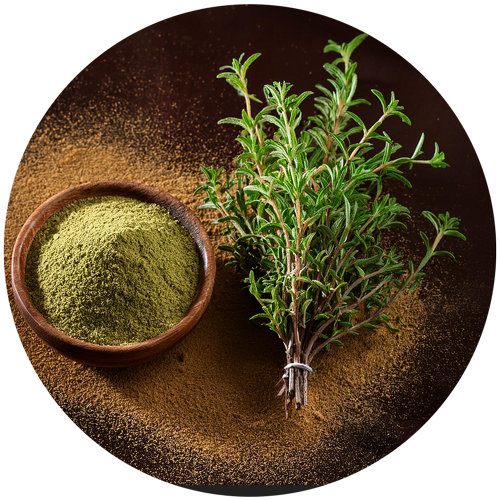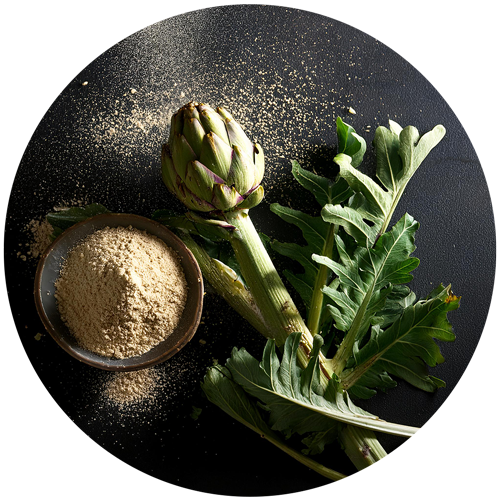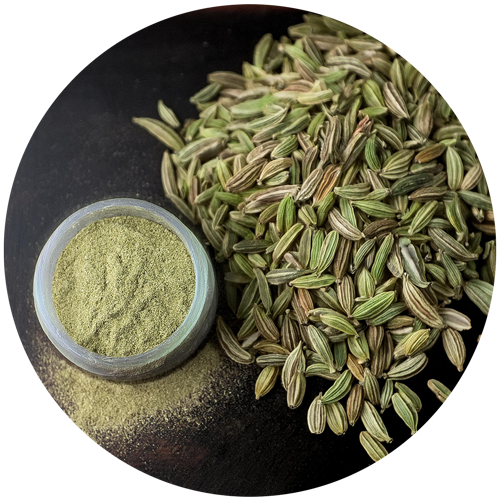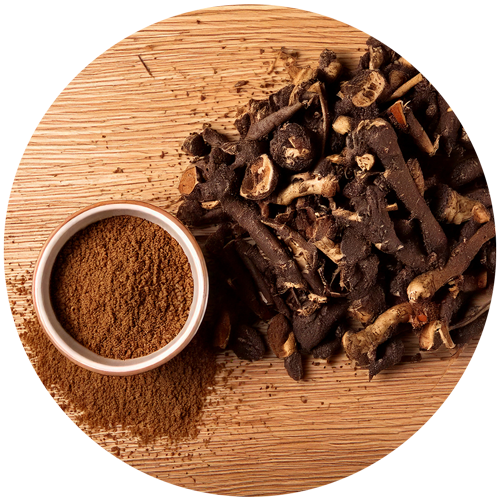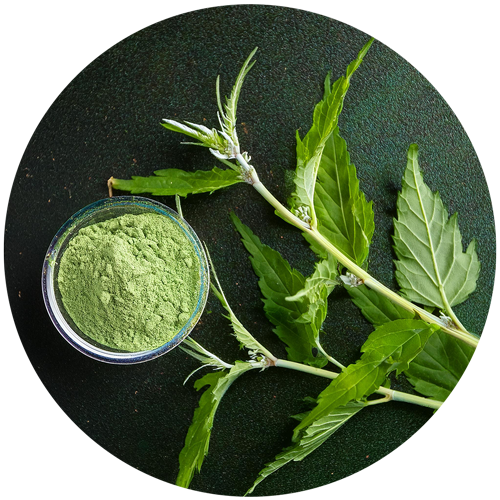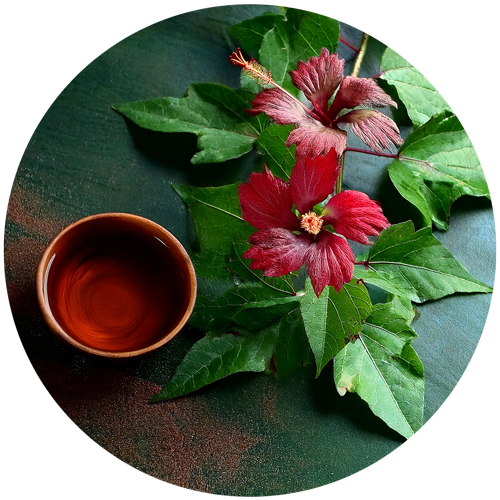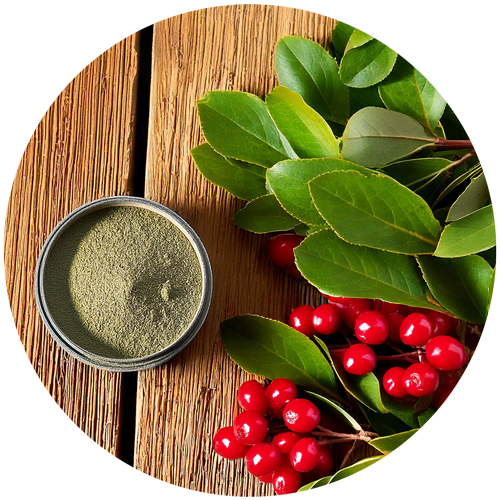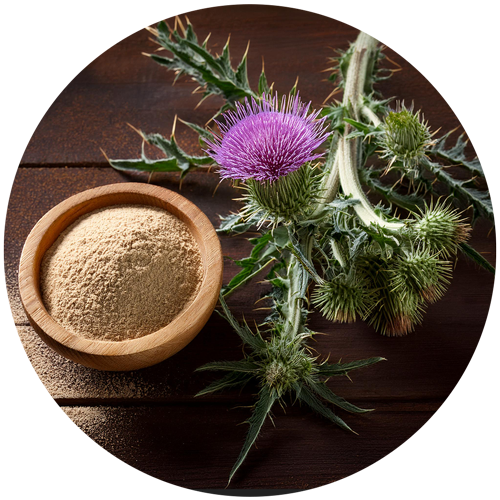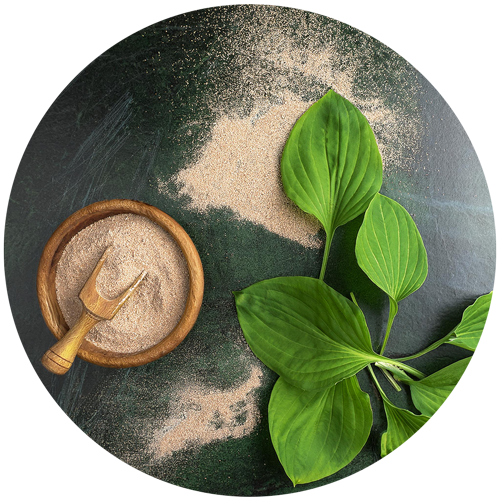Europe
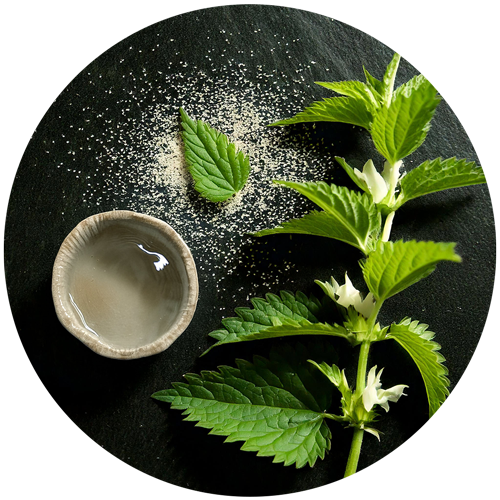

WHITE NETTLE
 Upper airways
Upper airways  Renal function
Renal function  Digestion
Digestion Lamium album L., commonly known as white nettle, is a perennial herbaceous plant of the Lamiaceae family found throughout Asia, Europe and Africa. Its aerial parts are rich in phenylpropanoids, iridoids and flavonoids, and have immunomodulating, antioxidant and astringent properties. They are used to promote kidney elimination, soothe the respiratory tract and relieve gastrointestinal disorders.
Regulations
and analysis
Data on traditional use:
German monograph:
- Soothe the respiratory tract
- Used for gastrointestinal disorders such as gastric mucosa irritation, bloating and flatulence.
Association ideas by health benefice
Select one or more axes:
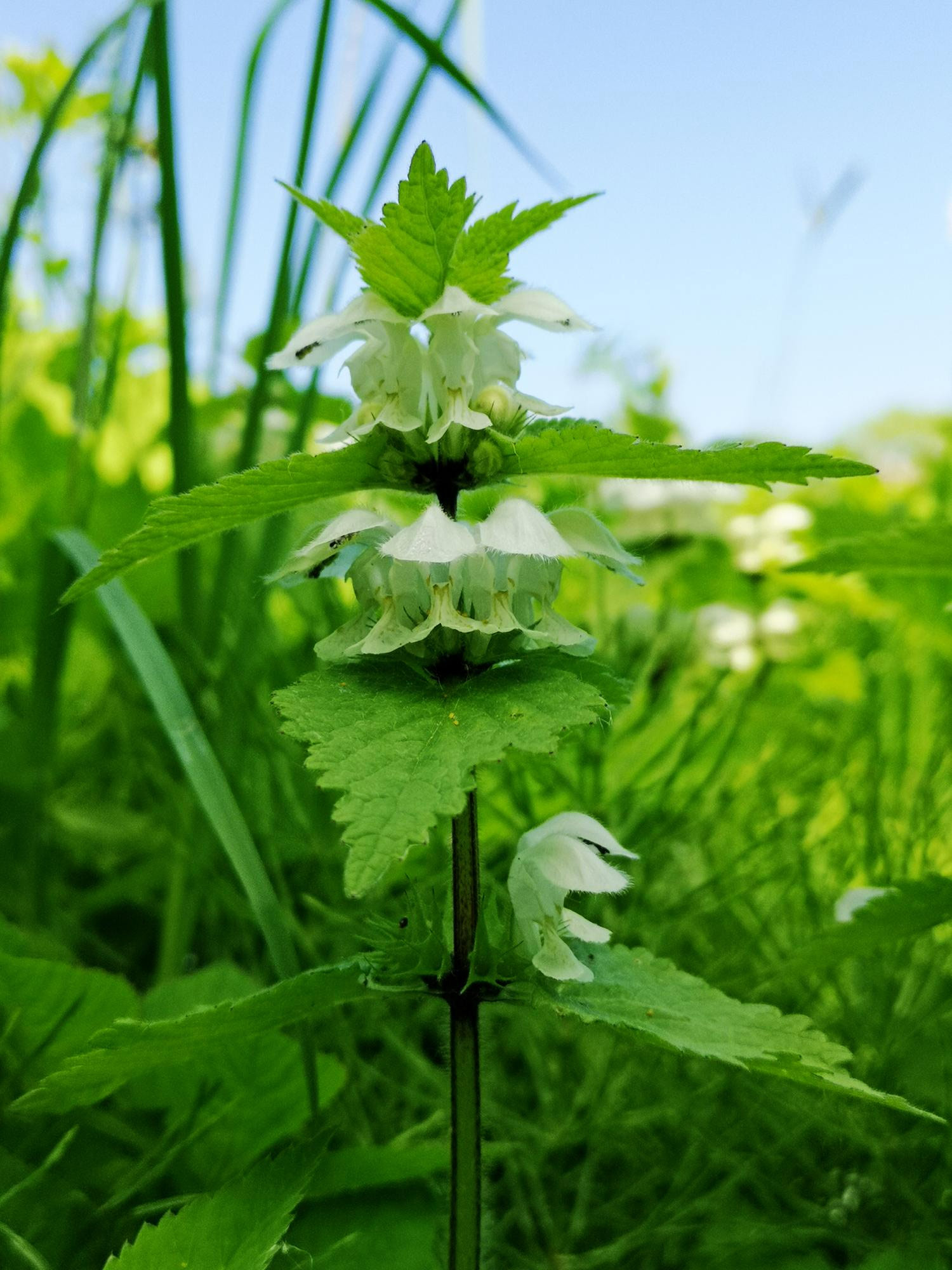
Detailed description
Lamium album L. is a perennial herbaceous plant of the Lamiaceae family found throughout Asia, Europe and Africa. It is commonly called white nettle because of its white flowers and its resemblance to the stinging nettle Urtica dioica, but unlike the latter, its hairs are not stinging.
White nettle has been used for decades as an essential food in Europe, China and Japan in times of famine. Today, it is an indigenous food, mainly in Mediterranean regions. It is widely used in traditional, popular and official medicine for its many health benefits.
The valuable bioactive compounds found in the aerial part of this plant are phenylpropanoids (mainly verbascoside and isoverbascoside), iridoids and flavonoids. They possess immunomodulating and antioxidant properties, helping to boost health and the immune system.
Ethnobotanical studies indicate the use of the aerial parts of White Dead Nettle for the health of queens and respiratory tracts. The plant’s astringent properties also help relieve gastrointestinal disorders.
